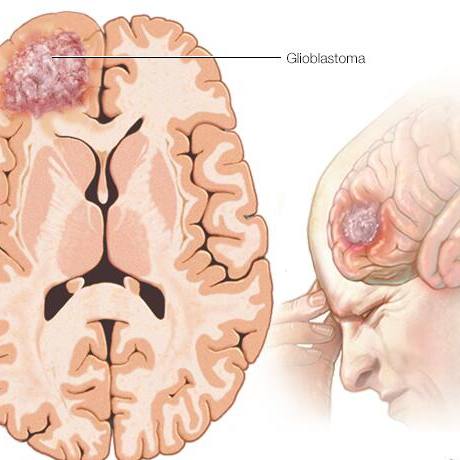-
Cancer
Consumer Health: Understanding cervical cancer risk

January is Cervical Health Awareness Month, which makes this a good time to learn about cervical cancer risk factors.
Early stage cervical cancer generally produces no signs or symptoms. Indications of more advanced cervical cancer include vaginal bleeding after intercourse, between periods or after menopause; watery, bloody vaginal discharge that may be heavy and have a foul odor; and pelvic pain or pain during intercourse.
Various strains of HPV, a sexually transmitted infection, play a role in causing most cervical cancer. When women are exposed to genital HPV, their immune systems usually prevent the virus from doing serious harm. But sometimes the virus survives for years. Eventually, the virus can convert normal cells on the surface of the cervix into cancerous cells.
Risk factors for cervical cancer include:
- Many sexual partners
The greater your number of sexual partners — and the greater your partner's number of sexual partners — the greater your chance of acquiring HPV. - Early sexual activity
Having sex at an early age increases your risk of acquiring HPV. - Other sexually transmitted infections
Having other sexually transmitted infections, such as chlamydia, gonorrhea, syphilis and HIV/AIDS, increases your risk of acquiring HPV. - A weakened immune system
You may be more likely to develop cervical cancer if your immune system is weakened by another health condition and you have HPV. - Smoking
Smoking is associated with squamous cell cervical cancer. - Exposure to a miscarriage prevention drug
If your mother took a drug called diethylstilbestrol, or DES, while pregnant in the 1950s, you may have an increased risk of a certain type of cervical cancer called clear cell adenocarcinoma.
Gardasil 9 is an HPV vaccine approved by the Food and Drug Administration for males and females 9 to 45. This vaccine can prevent most cases of cervical cancer if a girl or woman is vaccinated before being exposed to the virus. In addition, this vaccine can prevent vaginal and vulvar cancer in women, as well as genital warts; anal cancer; and mouth, throat, head and neck cancers in men and women.
Connect with others talking about HPV and cervical health in the Women's Health support group on Mayo Clinic Connect, an online patient community moderated by Mayo Clinic. If you have cervical cancer, join the Gynecologic Cancers support group.







